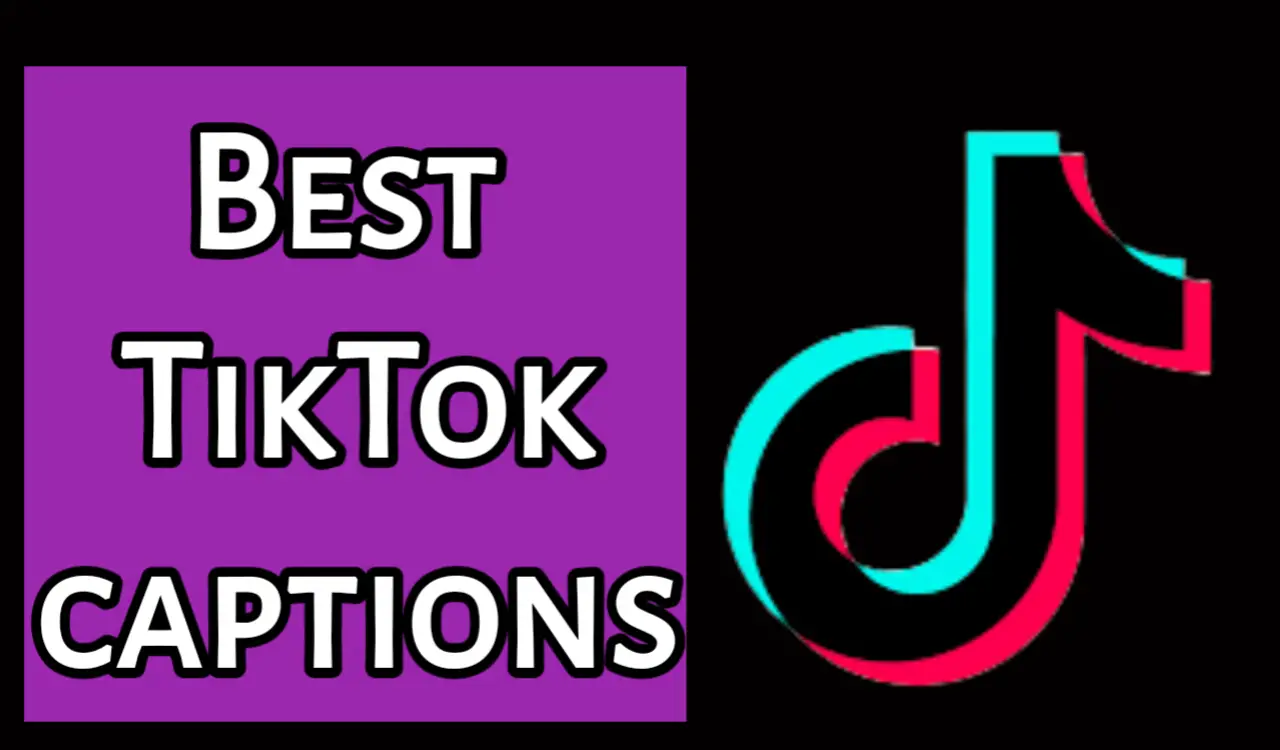The game is meant for settings involving a lot of people, like parties, or as a fun activity in school. The game pairs really good with kids as they are more likely to make audition errors, which is the sole intent of the game. The object of the game is to pass on a message from one person to the other via several others. The game pairs really good with kids as they are more likely to make audition errors, which is the sole intent of the game. The object of the game is to pass on a message from one person to the other via several others. Pass Message Phrases Funny Messages Text Wishes Send Free Texts Wordings. Search for pass. Good Luck for your Exams Wishes. Topic of Interest: nu vot, pass the message game phrases tagalog, prank call script tagalog, telephone game tagalog, pass the message game tagalog Leave a Comment Cancel reply. The game of telephone is a classic ice breaker and party game. It's easy to set up and a lot of fun to play. You and your friends will try to pick a word or phrase, “pass it on” by whispering it to someone next to you, and have fun seeing how much it changed during the game.
Who needs Tagalog?! Filipinos pretty much all speak English, right?!
Well, yeah, more or less. But when you’re visiting a country as social and fun as the Philippines, knowing some Tagalog will not only endear you to the locals, but inspire almost inexplicable positivity everywhere you go.



Here are some of the most basic Tagalog phrases and greetings to get you started!
The first word that most students of Tagalog learn is the word for “Hello“: Kumusta. This is considered the more “proper” spelling, though you will probably also see it
spelled Kamusta.
If you know a little Spanish then that word may seem familiar to you! That’s because it comes from the Spanish sentence ¿Cómo está?which means “How are you?”
So, does “Kumusta” literally mean “Hello”? No, it’s actually a question like “How are you?” But just like in the English greeting “What’s up?” it’s not necessarily a genuine inquiry into the other person’s well-being, but just a greeting.
Tagalog for How are you?
You will also hear Kumusta ka? meaning “How are you?“. Ka is a personal pronoun meaning “you” (in the singular). When you want to greet someone with an actual question, this is the usual way.
If you are speaking to more than one person, the plural form is Kumusta kayo?
“Kayo” is also used as a personal pronoun for older people or people with status in order to show respect (like vous in French). In such cases, you would normally include “po” – a particle which shows respect. Kumusta po kayo?
Tagalog for Good morning
Filipinos often greet each other according to the time of day. These greetings begin with Magandang. Maganda means “beautiful” or “wonderful”, and ng connects it to the following noun.
Good morning:Magadang umaga. Umaga means “morning”. Sa umaga (“in the morning”), ngayong umaga (“this morning”), etc. So magandang umaga is like saying “beautiful morning”.
Tagalog for Good day and Good afternoon
If you are greeting someone around noon, then you sayMagandang tanghali. Tanghali means “noon”. Good day! Literally “Good noon“.
If you are greeting someone later in the afternoon, you say Magandang hapon. Hapon means “afternoon“. Good afternoon!
If you want to say “Good day“ without specifying (or if you just want to remember a single phrase!) you can say Magandang araw. Araw means “day”, as you may have guessed.
And in the evening you can wish someone Magandang gabi. Good evening!

The Tagalog word for thank you is Salamat. “Thank you very much” is Maraming salamat. If that word sounds like Arabic to you, you’re right! It derives from the Arabic word سَلَامَة salāma meaning “good health”, or سَلَامَات salāmāt, the plural form of سَلَام salām – the word meaning “peace” which I’m sure you know. How did an Arabic word get into Tagalog? Via Malay. Malay contains many Arabic loan words because of the spread of Islam to the Nusantara region.
To respond to salamat, you can say Walang anuman, meaning “You’re welcome“. Wala means something like “There is none” and anuman means “anything”. So it’s like saying “It’s nothing”.
How did this phrase make it onto this list of very important phrases?! Well, let’s of people learn Tagalog in order to better understand their special someone who lives in the Philippines or is originally from there. And what better way to express your feelings to someone than by telling them in their native language?
Pass The Message Game Tagalog Sentences
“I love you” in Tagalog is Mahal kita. Mahal means “love”. Kita is a personal pronoun meaning “from me to you”. So this is like saying “Love from me to you”. Mahal also functions as an adjective meaning “dear”, “precious”, or even “expensive”. So it’s also a very useful word when shopping and trying to get a discount!
This is obviously not an exhaustive list of all the Tagalog phrases you will ever need, but here are a few most basics to get you started!
“Excuse me” – People often say this in English, especially nowadays with the spread of Taglish (Tagalog + English). Or they might mix Tagalog and English, like Excuse me po, Excuse po, or just Excuse. These expressions can be used either to get someone’s attention or to ask them to move. A more strictly Tagalog way to ask someone to move is Padaan (po).
“Sorry” – The most common word for “sorry” in Tagalog is Pasensya or Pasensya na. The word pasensya derives from the Spanish word paciencia meaning “patience”.
“Where’s the ______?” – You ask where something is in Tagalog by asking Nasaan ang _______? “Where’s the restroom?” Nasaan ang banyo?Yes, banyo is another word of Spanish origin.
“I understand”– Naiintindihan ko. Naiintindihan means “understand” and ko means I.
“I don’t understand” – Hindi ko naiintindihan. Hindi means “no” or “not”. Which brings us to:
“Yes” – Oo. This word is pronounced as two syllables, with a glottal stop between the two O sounds, kind of like “Uh-oh” in English, except that it’s “Oh-oh”. The polite version of this word is Opo.
“No” – Hindi. This word is used as the standalone word “no”, and also to negate other words. Its stress falls on the second syllable.
Welcome to the beginning of your journey into Tagalog, or Filipino as its standardized form is called.
Pass The Message Game Tagalog Phrases List
If you’re excited to learn more, I recommend FilipinoPod101. Learn Tagalog/Filipino from podcasts, for learners of all levels.
Tagalog Phrases Love
- Note: If you upgrade to a premium account, Langfocus receives a small referral fee that helps support this blog. But we only recommend resources we love!